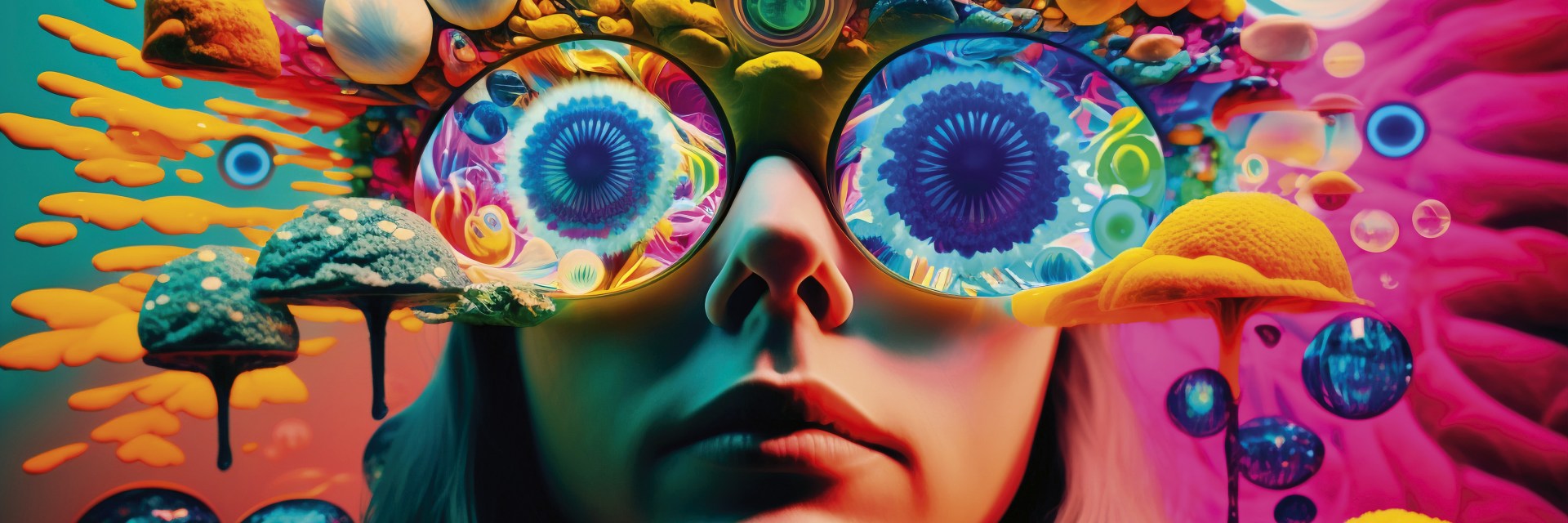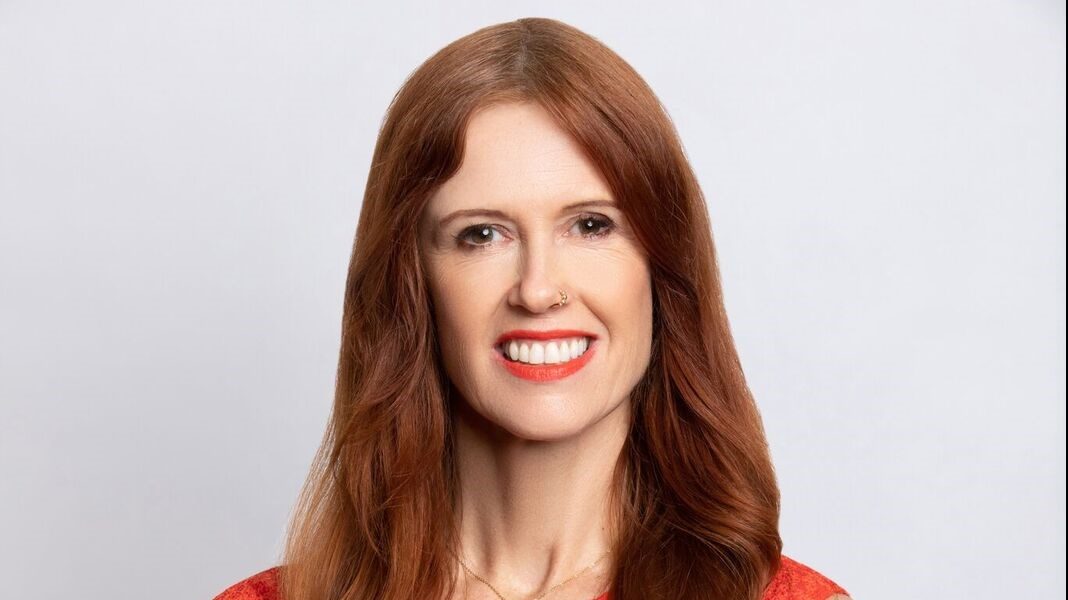Australian psychiatrists will be allowed to prescribe the active ingredients in magic mushrooms and ecstasy from July 1 bringing a range of risks and opportunities. And business is already setting off on its own magical mystery tour.
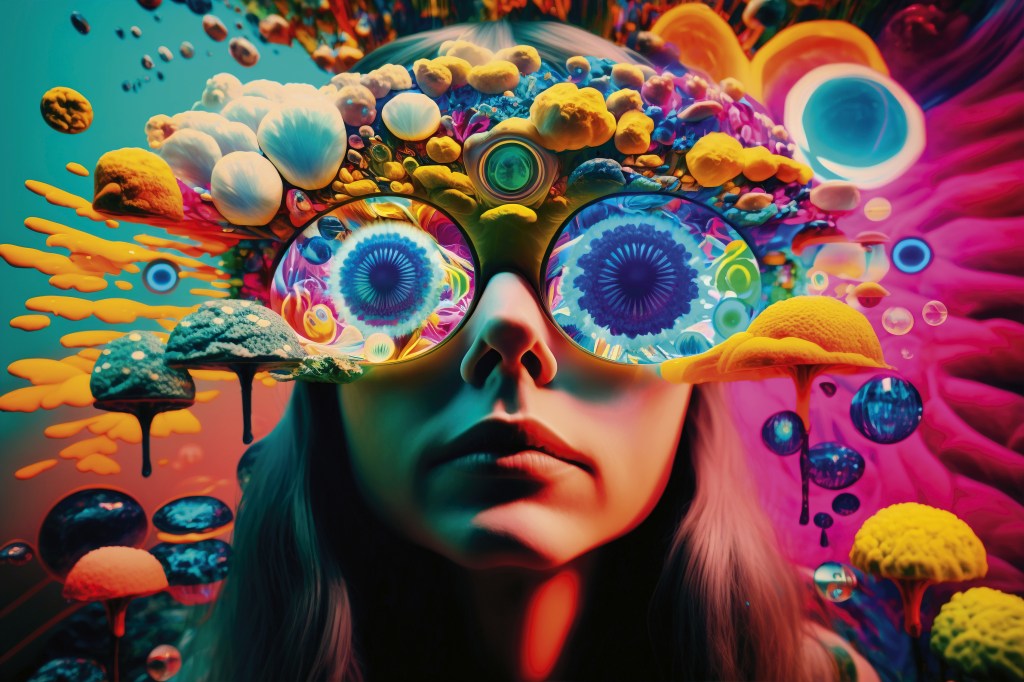
Burning Man, the great heaving celebration of art, fire and acid in the Nevada desert, “would be the greatest group-therapy experiment ever tried” if it were just about the “magic” that psychedelics produce, says Prash Puspanathan, the Australian doctor, cryptocurrency multi-millionaire and now co-founder of a company aiming to leverage Australia’s looming relaxation of laws on psychedelics in medicine.
“You don’t have 80,000 people come out of Burning Man suddenly cured of all their psychological ills,” he says, despite the increasing evidence that hallucinogens can produce significant benefits for sufferers of a range of psychiatric disorders, with depression and post-traumatic stress disorder being the most studied.
“So, what’s the difference?” Puspanathan asks.
“It’s the therapy.”
Puspanathan trained as a psychiatrist before having his career take a sudden detour into cryptocurrencies when his side hustle, Caleb & Brown, turned into Australia’s leading crypto brokerage, claiming annual earnings of $30 million when it attempted to raise capital in 2022.
He stepped down as CEO of Caleb & Brown in 2020 but remains the majority shareholder, he said, allowing him to come back to his passion. “I made money in crypto so I could spend it in psychedelics, to put it crudely.”
His company, Enosis, is one of many hoping to cash in on the new wave of psychedelics that has built over the past 20 years after the first wave broke on a sandbar of over-exuberance in the late 1960s, dumping a generation’s worth of psychedelic research pointing to its efficacy.
Puspanathan, who moved to Australia from Singapore when he was 20, was in surgical training when he had a psychedelic experience, “and it changed my world forever. I grew uninterested in operating on the body and wanted to operate in the mind.” He left surgical training and switched to psychiatry.

He met his co-founder, Agnieszka Sekula, five years ago in Singapore. She’d been an architect when she got into virtual reality (VR) and took that into her second career as a scientist, including Mars mission simulations for The European Space Agency. She’d always felt VR had the capacity to “hijack” the senses.
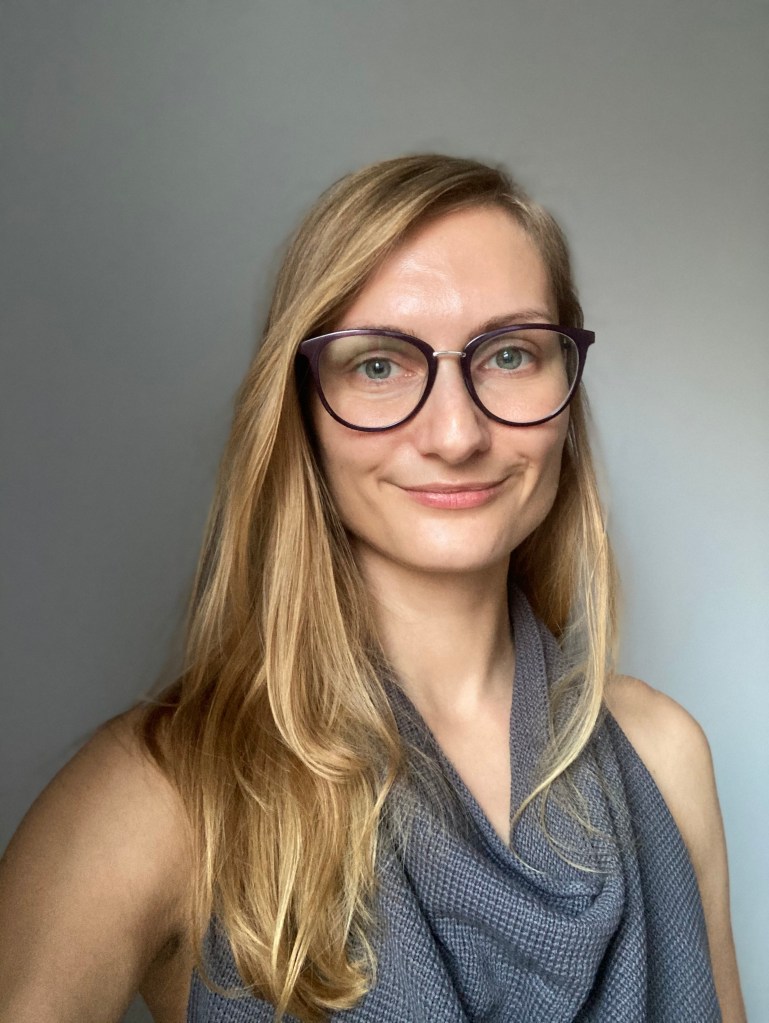
Psychedelic drugs and VR have a history. One of the creators of the Virtual Reality Modeling Language, the now Sydney-based Mark Pesce, said the inspiration for it came during an acid trip. Pesce also founded the first consumer VR company and said it if it hadn’t been for psychedelics, he’d be an “unenlightened and bored” software engineer in New England. On a side note, computing visionary Steve Jobs said LSD trips were among the “two or three most important” events in his life. He admitted taking 10-15 trips in the years before he founded Apple in 1976. Even Bill Gates didn’t deny taking acid before the age of 25. “I never missed a day of work,” he said while being grilled on the subject by Playboy.
Puspanathan declines to talk about his psychedelic experience. “It’s almost inevitable that every single person working in psychedelics academically has had personal experience with psychedelics, but all of us need to be careful how we speak about that because we have a responsibility to the whole industry not to trivialise it … into the realm of the recreational.”
Their idea was to use VR as a way to enhance the therapy side of the psychedelic experience. “I always say that I’m the psychotherapist, and she’s the genius,” he says. “We noticed that innovation in the psychedelic space is incredibly disproportionate and skewed.” He cites research showing $1.8 billion was invested in psychedelic drug development in 2021 compared to $250 million that went into the rest of the procedure. “And that was incredibly frustrating for us because it meant no innovation was happening in everything else, which we thought was far more important.
“The reality is that psychedelic therapy is a process. There’s the psychedelic session, but there’s all the rest of it: the psychotherapy, the experience design, therapist training, the setting, all of which have completely been ignored because of this capitalist drive towards what you can build an IP moat around.”
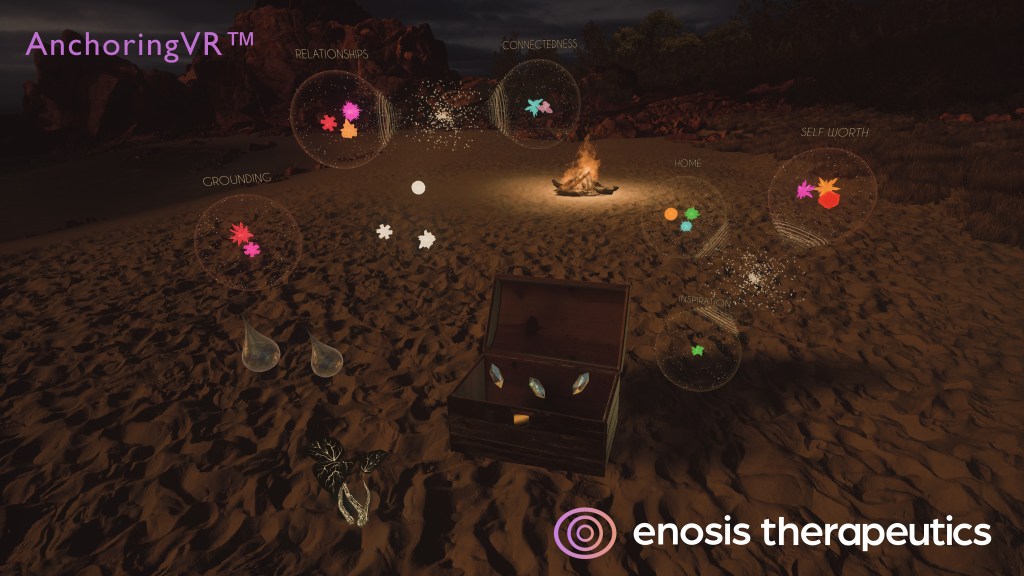
So they started designing a virtual reality experience whereby, five or six hours after ingesting the psychedelic, the patient puts on the VR headset and, in a peaceful setting like a beach campfire at dusk, they are guided to voice-record their thoughts and insights and deposit them in stars that appear in front of them. “Then you come back to it on your first integration session, and all of the insights that you had recorded are saved here,” says Puspunathan. “You grab those stars and start working through them with your therapist. As you listen to the insights, you start to create themes, which is what you do in therapy anyway.”
While the mechanisms are disputed, it is widely theorised that psychedelic experiences work because they allow the brain to start rewiring itself. Solid neural pathways that lead to negative thoughts and behaviours can be rerouted with usually two drug sessions surrounded by therapeutic guidance.
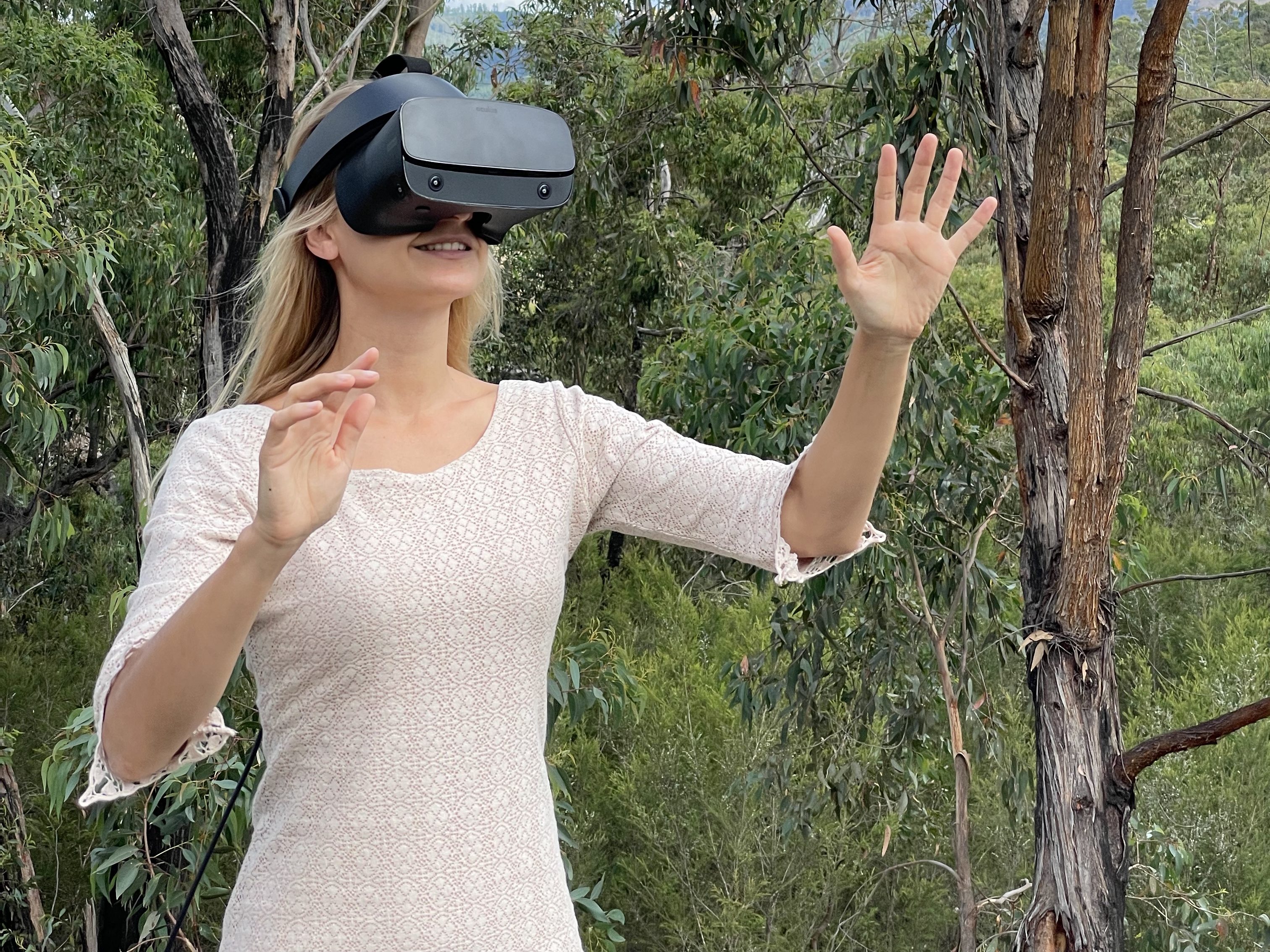
“We felt that the talk-therapy approach was not doing the psychedelic experience justice,” says Sekula.
They’re running a randomised trial in Berlin and hope to begin one in collaboration with Swinburne University at the end of this year.
By becoming the first country in the world to approve the use of psilocybin and MDMA as medicines – and not just for research – Australia stands to be at the centre of attention in a psychedelic medicine market that’s forecast to grow from US$4.8 billion this year to US$8.3 billion by 2028.
Neuropsychologist Susan Rossell became passionate about psychedelics in about 2018, partly in response to the failure of existing psychiatric drugs to help most patients.
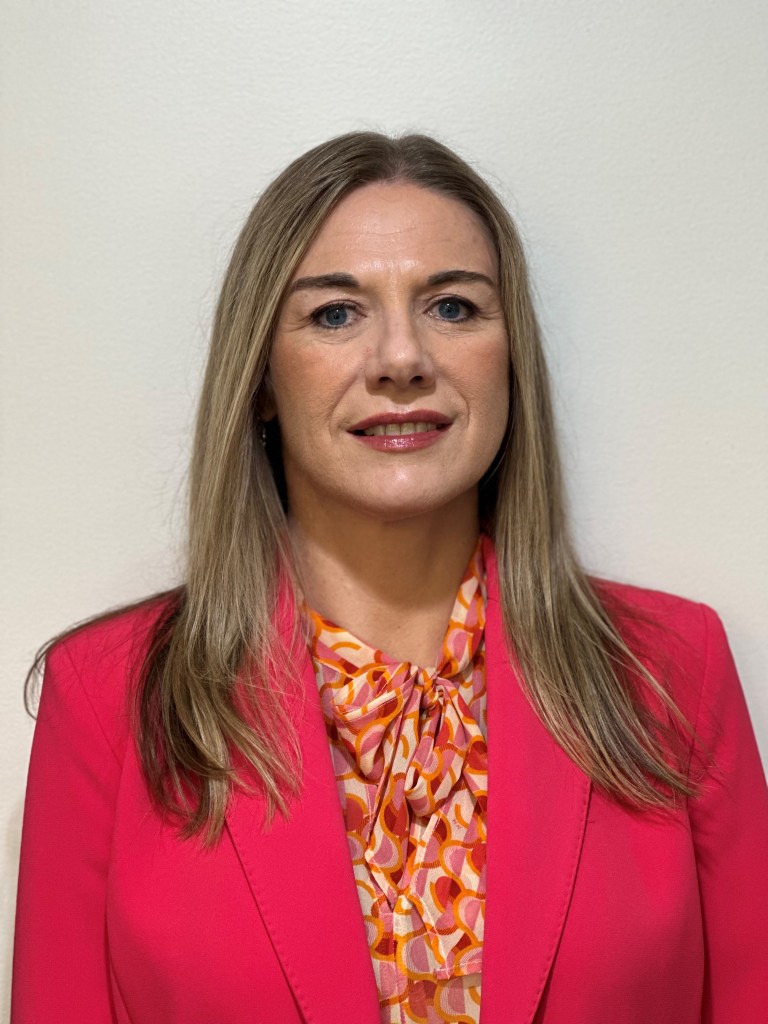
Professor Rossell was nearing the end of a lengthy trial of psilocybin for treatment-resistant depression at Swinburne University and was surprised by the TGA decision, saying that while research from the 50s and 60s showed psychedelics were physically safe, the long-term mental safety has never been assessed.
“It frightens the life out of me that we’re about to get to the first of July, and some registered clinicians can start to use these interventions.”
Professor Susan Rossell
Rossell said she’d seen people benefit significantly from the treatment. “But we have had people have these bad trips, and they’re actually worse after the psychedelic-assisted psychotherapy. We need to know, does intervention help the person get over that traumatic experience or not? And we have no data on that.”
Critics have said the decision was rushed by the Therapeutic Goods Administration (TGA) under the influence of relentless lobbying by retired banker Peter Hunt and his opera singer wife, Tania de Jong.
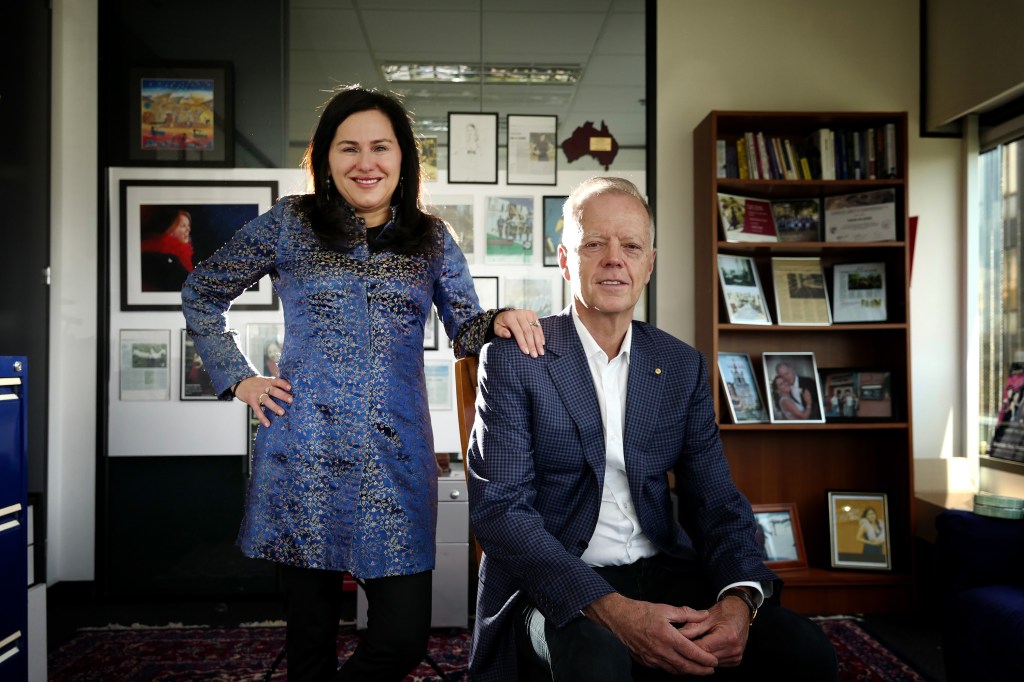
Hunt was one of three founders of high-profile corporate adviser Caliburn Partnership in 1999. The partners sold out to investment bank Greenhill & Co for $200 million in 2010. Since leaving Greenhill, Hunt has devoted himself to philanthropy.
De Jong, an avid reader, came across an article about a New York psilocybin trial for people with terminal illnesses. “The study found that after one medicine session with psilocybin, somewhere between 60% and 80% of those people came out of the experience feeling at peace with the fact that they were going to die,” recalls Hunt. When she told Hunt about it, he thought it “a bit way out”. But then he, too, started to dive in. “We’re reading all this research, and we’re seeing these extraordinary outcomes. Remission rates of 60% to 70% for depression compared to conventional therapies, where you’re seeing remission rates of about 35% at best. And with PTSD, the remission rates from conventional therapies are probably only around 10%.
They wanted to try for themselves and tried to get into an Imperial College London trial, but they didn’t qualify owing to their good mental health. The researchers referred them to a therapist in The Netherlands.
So that’s how the retired banker found himself in a room in Amsterdam listening to gentle music, looking into the blackness of an eye mask and feeling a little let down. Nothing was happening 20 minutes after taking the psilocybin pill. Then the colours and shapes appeared. He thought it was interesting, but that’s all. “And then it was like going into a completely altered state of reality where I became the observer.
That was complete ego dissolution. It’s no longer Peter Hunt. It was me just observing, and the mind was free to roam, and I liken it to being in a cinema with screens all around and surround sound. In one video, you’re travelling through space. The next, you’re travelling underground. Next, you see the molecules in the ceiling moving. I remember reaching out and feeling the legs of a chest of drawers, just marvelling at the sensation of that feeling. Normally you touch a bit of wood, it’s just a bit of wood, but this was extraordinary. And it wasn’t me. It was me as an observer, not directing anything.
“We go through our lives where we try to be in control, and this was a feeling of being not in control, but also marvelling at the freedom of it all. When you come out of the experience, you just feel incredibly connected. And if you think about depression, depression is all about disconnection. So, what the researchers say is that if you come out of the experience with a feeling of connection, (a therapist) can work with that feeling to bring that sense of connection back into your daily life. And if they can do that, you’ve no longer got depression.
“We both came out of that experience and were stunned by just how powerful it was. And, secondly, just saying, ‘Hey, this should be part of our mental health system.’ So that’s what got us into it.”
Hunt and de Jong founded the non-profit Mind Medicine Australia in 2018 with a board including Ethics Centre boss Simon Longstaff, former Coalition trade minister Andrew Robb, and investment banker Nicholas Smedley. Hunt and de Jong started lobbying to get the drugs approved.
Their initial attempt to have psilocybin and MDMA rescheduled were rebuffed by the TGA in December 2021. But Hunt and de Jong didn’t give up.
Part of their campaign was to bring Imperial College of London neuropsychopharmacologist David Nutt to Australia for a lobbying tour. Nutt had been a public-health guy studying the harms of drugs and essentially lost his government job for pointing out that alcohol was far more harmful than other more demonised substances, like LSD. After that, around 2010, he figured he might as well study what LSD did in the brain using modern imaging technology.
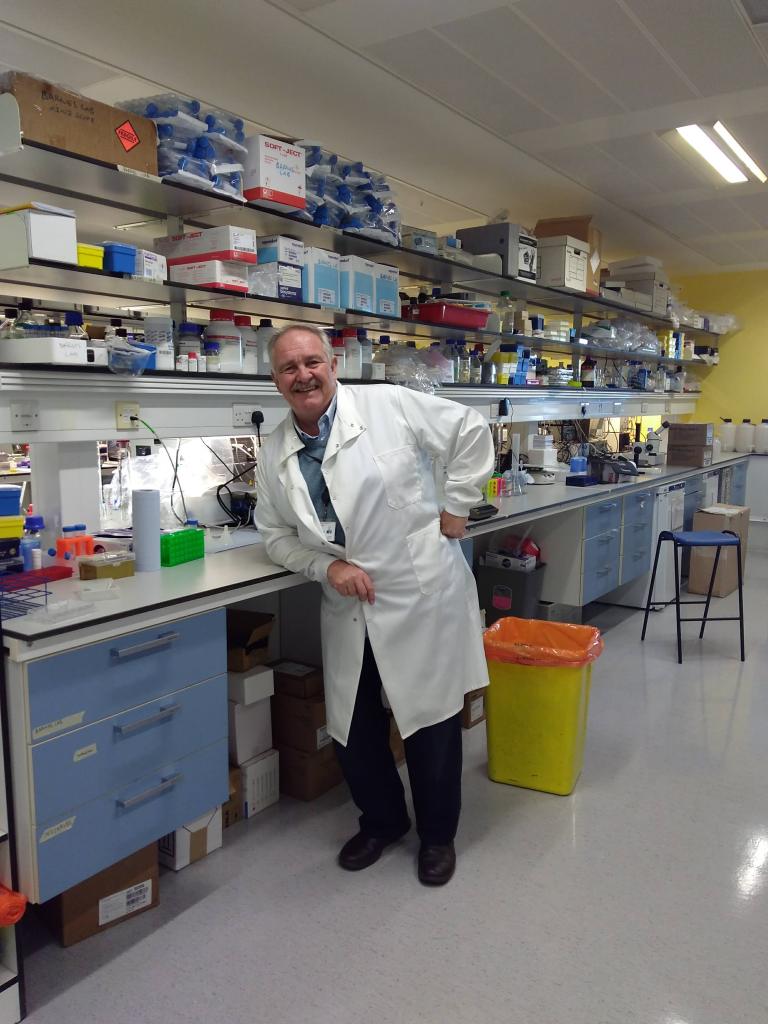
“The first study we did, we didn’t believe the results,” Nutt says. “Everyone had assumed from the writing of people like (Harvard LSD researcher and counter-culture leader) Timothy Leary that these drugs turned on your brain, but they didn’t. We just found areas of the brain that switched off and thought we must have done the experiment wrong. We repeated it with different kinds of imaging and got the same results and realised we’d discovered something really important: turning off normal brain function and allowing other brain functions to emerge – translates to turning off the depression centres.”
The part of the brain switching off was called the “default-mode network” – the part which controlled inner thoughts. Nutt says that people get locked into ways of thinking. “People with OCD (obsessive-compulsive disorder) know it’s stupid to keep washing their hands because they’re not dirty, but they can’t stop themselves. These disorders where you get stuck in thought loops, these are the ones we think are going to be best targeted by psychedelics because they break down those thought loops.”
On his three-week tour of Australia, Nutt met a raft of bureaucrats, but his most crucial presentation was before the TGA. He recalls it as a “remarkable meeting” with about 30 people in the room and about 250 Zoomed in. “I think everyone in the TGA listened,” he says.
“This is a seminal moment – a transitional moment. From saying these drugs are the devil’s spawn for 55 years to saying, no, they do have therapeutic utility. It’s a big decision. People wanted to understand. They wanted to know what the evidence was.”
Professor David Nutt
He pointed out that the TGA had used different criteria when it approved ketamine as a medicine. And ketamine had been implicated in the death of 68 Australians in the previous 20 years, six of whom had been prescribed it.
He recalls modest, scientific pushback. “I got a lot of tough questions. ‘Come on; you need RCTs (Randomised controlled trials)’. ‘I’ve shown you three RCTs. It worked in three RCTs. Why do you need more?’ ‘Is it safe?’ ‘We’ve got data on 40,000 patients treated in the 1950s and 1960s. No drug in history has come to the market with safety data on 40,000 patients. We know it’s safe.’”
It worked. The TGA uses an anonymous “delegate” to make the decision, and they decided to allow the use of psilocybin for treatment-resistant depression and MDMA for treatment-resistant PTSD.
Nutt predicts that the next disorders for which psilocybin might be approved would be OCD, anorexia and addiction. “There’s an anorexia trial in California showing positive results. Our anorexia trial will be out at the end of the year. There’s one in Sydney starting now. There’ll be twice as many people, and that’ll be a definitive database.”
Josh Ismin, a tech entrepreneur, had invested in companies looking at alternative proteins and the future of food when he noticed his co-investors putting money into early-stage psychedelic companies. “That just boggled my mind there was such a thing,” he says. “I’ve always been a huge fan of psychedelics and had some experiences in my younger days that were fundamental in shaping who I am, and I always felt there was a huge amount of power here. If only we could find a way to make it accessible to more people.”
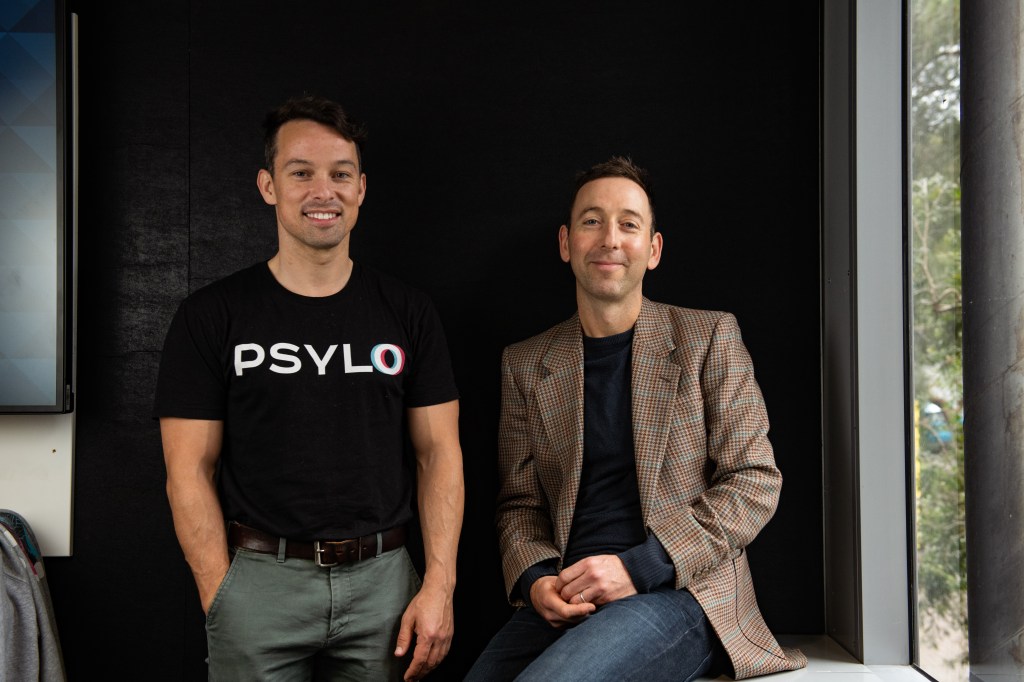
Michael Pollan’s 2018 book How to Change Your Mind came out around the same time, bringing psychedelics back into popular consciousness. Ismin read the book, but it took two years for the idea to germinate. Conveniently, his wife runs the Sydney Knowledge Hub, Sydney University’s research commercialisation centre. Ismin started hanging out there and met Dr Sam Banister, a chemist with a longstanding interest in psychedelics who specialised in taking natural substances and optimising them into medical drugs. He’d worked with the FBI to identify new designer drugs before they hit the streets, and he’d been recruited back to Australia to do drug discovery around novel cannabinoids.
During early COVID-19, they did laps of the park pretending to exercise while hatching a business plan. They talked about just manufacturing psilocybin but decided that was solving a problem that didn’t exist.
‘The main thing is it needs to be a take-home medication.’
Josh Ismin, co-founder Psylo
Banister told Ismin that there would be a huge area of drug development based on the 5-HT2A serotonin receptor. It is the main receptor that sparks psychedelic experiences, but drug developers have ignored it for decades because hallucinogenic side effects would destroy a drug’s chances of being approved. Banister’s view was that they could use the starting point of known psychedelics and then improve on them. Thus their startup, Psylo, was born.
They raised $1.1 million in September 2021, led by Possible Ventures and a range of angel investors, including AirTree chairman Daniel Petre. Then banked another $5 million a year later from Main Sequence Ventures, Lionheart Ventures, and psychedelic-focussed Negev Captial and Empath Ventures.
Psylo has 400 unique compounds in the pipeline that it has synthesised. An example would be a compound that triggers the 5-HT2A serotonin receptor but doesn’t hit the 5-HT2B receptor, which can cause heart complications.
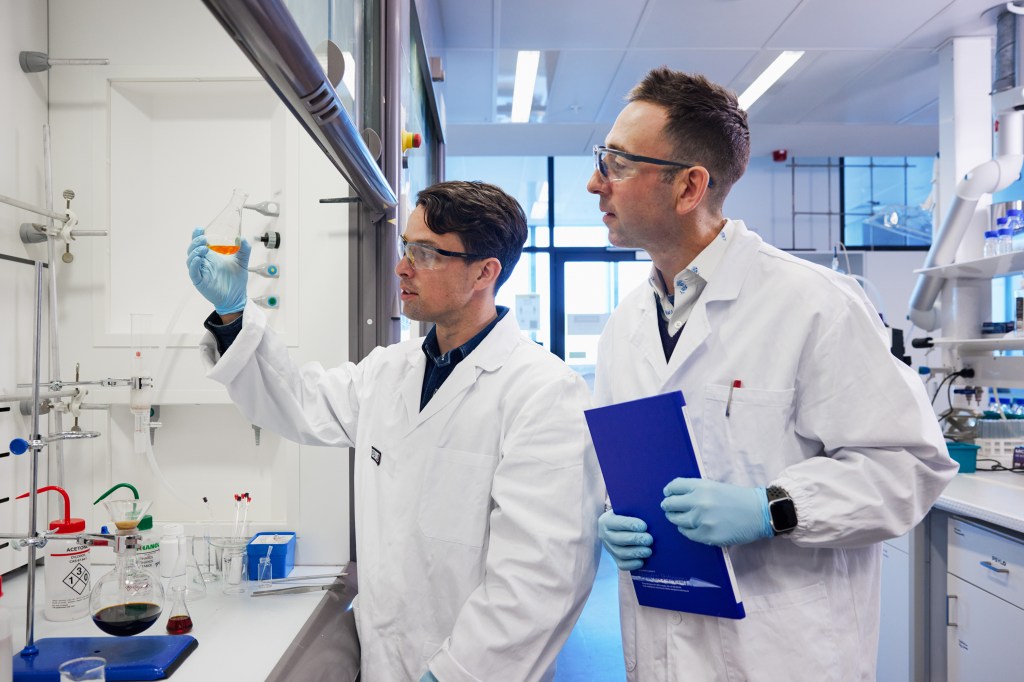
They are working on compounds with shorter-acting trips which might enable therapists to scale the practice. But the holy grail would be a substance that gave the brain all the ego-shattering, brain-rewiring effects of a psychedelic, without hallucinations.
They do rodent studies to first look at the mechanics of how the drug works, then behavioural studies looking for a certain “head-twitch response” from the mice. “We’ve now confirmed a number of our compounds are psychedelic, and a number are not. We’ve run other behavioural experiments which suggest compounds in both buckets have anti-depressant properties.”
He says they’re 18 months from human trials and, if everything went perfectly, seven years from a drug coming to market.
The majority of mental illness sufferers will never be prepared to go through a psychedelic experience, he says. “It’s quite scary and an intense, mentally invasive experience. My view is that it should be available to more people, but the reality is that psychedelic-assisted therapy will remain a niche offering. The main thing is it needs to be a take-home medication. It can’t be something that’s administered in a centre and requires that level of supervision. That’s not really going to be scalable.”
Psychedelic Plays
Reset Mind Sciences is developing synthetic psilocybin from in-house-grown mushrooms. It is involved with the University of Western Australia (UWA) in a trial of the drug for depression. It is owned by cannabis company Little Green Pharma Ltd (ASX: LGP), in which Hancock Prospecting took a 10% stake in June 2021 with a $15-million investment to fund the Perth-based company’s expansion into Europe. With a current market capitalisation of $55 million, Little Green Pharma’s share price has fallen by almost 80% since its highs in 2021.
Emyria Ltd (ASX: EMD), which started in cannabis research, is now also developing an MDMA analogue drug with UWA. The Forrest family’s Tattarang took a 7.3% stake in November 2021 with a $5-million investment. With a market capitalisation of $39 million, its share price has fallen about 70% since Tattarang came on board.
Natural MedTech Pty Ltd is working with UWA’s School of Molecular Sciences to engineer microbes that produce psychedelic molecules at an industrial scale. It was founded by Vikara Capital’s Luke McFarlane and biotechnologist Mark Herstermann.
Perth-based Woke Pharmaceuticals has signed a $5 million agreement to supply psilocybin to Swinburne University for a large trial on treatment-resistant depression.
In the US, psychedelic company GH Research went public and currently enjoys a market capitalisation of around $850 million, while ATAI Life Sciences, backed by billionaire Peter Thiel and with four drugs in clinical trials on the go, has fallen from a similar valuation to about $500 million.
Private companies Delix Therapeutics and Beckley PsyTech have raised capital totalling more than $100 million.
Forbes Australia Issue Five is out now. Tap here to secure your copy and membership.
